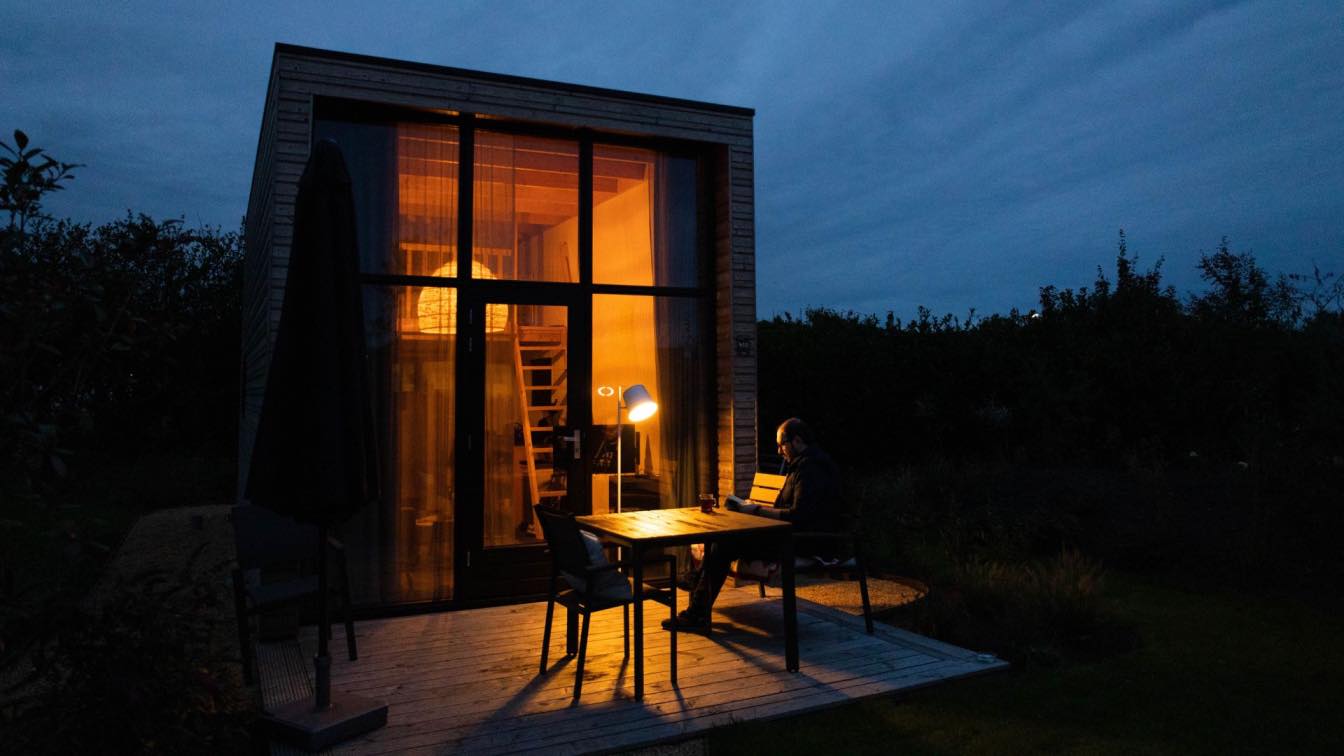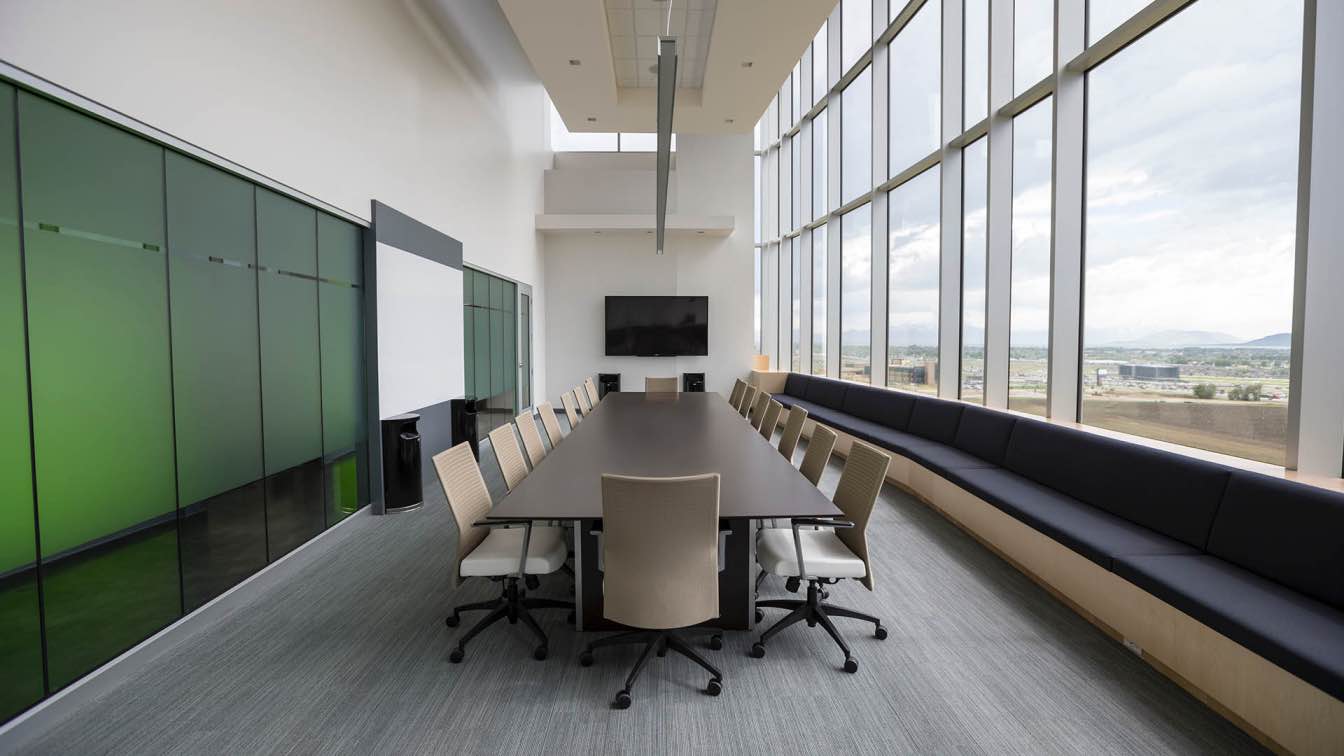Introduction
Most of the time, when we see amazing buildings and other technical feats, we don't realize how important mathematics is. Math is a tool that builders use to make their thoughts come to life, from the first ideas to the finished designs. This post will look at the links between math and design and show how math is used at every stage of making.
The connection between Architecture and Math
Mathematics as the Language of Architecture
Another important part of design is making environments that work well and last for a long time. Math can help builders put their thoughts into words and make them real. Lines, points, and angles are all basic shapes that are used in building plans and drawings. Without a strong math background, it would be hard for builders to explain their thoughts clearly.
Geometry and Spatial Relationships
Geometry and the way things fit together in space are important parts of the building process. They help builders make plans that are both useful and beautiful. Builders may create intricate structures by learning geometry. Spatial connections help architects comprehend how design elements relate to each other and the world. Builders may create designs that suit demands and evoke emotion and memory by grasping these mathematical concepts. If you're struggling with geometry or spatial connections in math class, remember that you're developing the skills and knowledge you'll need to succeed in architecture by working through difficult challenges. Believe in your ability to solve problems and take advantage of the chance to improve your math skills. If you need someone to do my math homework, there are resources available to help, such as online tutors or study groups. So, don't hesitate to seek out help and continue building your expertise in geometry and spatial relationships.
Proportions and Symmetry
Along with balance, proportion is one of the most important parts of style in building. Architects use ratios and measures to make sure that their ideas fit together and sound good. Architects and builders can make beautiful, aesthetically pleasing houses by following the Golden Ratio or Fibonacci design rules. Whether something is straight or round, symmetry gives it a sense of order and beauty.
Calculations and Structural Stability
Load-Bearing Calculations
Engineers must figure out how a structure will handle the weight and pressure it will face over time before building can begin. Estimates help architects and builders pick the best form, mix of materials, and structural parts for a building to make sure it is safe. Builders can use mathematical models to predict and study the forces working on a building. This makes sure that the building will continue to work as it was meant to.
Structural Analysis
Architects can make houses that are strong and safe by using formulas. A building can be made stronger by figuring out where and how many steel bars to use. It's important to plan for support when making plans. Mathematical analysis may be used by architects to make safe buildings that can withstand strong shocks and winds.
Optimizing Space and Functionality
Space Planning and Optimization
Math is an important part of building planning because it helps you make the most of the room you have. Mathematical methods and processes are used by builders to make spaces that are as flexible and useful as possible. Mathematical models can help structural builders decide where to put rooms, hallways, and how people should move around in a building. So, they could make places that met their needs while taking up as little room as possible.
Ergonomics and Human Factors
Before they build a house, builders should think about how happy and healthy the people who will live there will be. To make environments that are easy for people to use, planners may study and use mathematical ideas to put real ideas into action. By taking things like size, reach, and movement into account, builders can make spaces that make people more productive, safer, and more generally enjoyable.
Energy Efficiency
Now that we have computers and statistical models, we can make buildings that use less energy and are better for the earth. Calculations are used to figure out where a building should be placed for passive solar warmth, how much insulation is needed to stop energy loss, and where windows should be placed for natural lighting. Math can help people build homes that are better for the environment and use less energy.
Visualizing Designs: The Role of Mathematics
Architectural Sketching and Perspective Drawing
Math is one of the most important ways for makers to put their thoughts on paper. Architects use simple geometry ideas to make models of buildings to show how areas fit together and how big they are. Perspective drawing is a mathematical method that model makers use to make models that look like they have depth. Before any building starts, customers and other important people can see what the end product will look like.
Computer-Aided Design (CAD) and 3D Modeling
The way engineers work these days depends a lot on math and has changed a lot because of changes in technology. CAD software uses math to make digital drawings of building plans that are accurate and complete. Using three-dimensional modeling tools, builders can look at how sites connect to each other, judge a building's sturdiness, and predict how the light will affect it. This helps kids grow by showing them how their thoughts will look.
Innovations in Architecture: Mathematics at Work
Parametric Design and Generative Algorithms
Thanks to parametric design and creative technology, math is now a big part of how people come up with new ideas. Using parametric design, designers can choose which parts of a design to change and how to change them. This makes it easy to try out different versions and changes of an idea. Generic algorithms use mathematical rules and methods to build complex living structures and systems. This is a lot more than what builders usually do.
Fractals and Organic Architecture
Artificial intelligence and computer design will change how artists do their work as technology improves. Building workers can use machine learning and math to improve their plans, make their processes more efficient, and look at a lot of data. When math and AI are used together, building companies can find ways to build homes faster and better.
The Future of Math in Architecture
Computational Design and Artificial Intelligence
As technology gets better, things like artificial intelligence and computer design will change how artists do their work. Building workers can use machine learning and math to improve their plans, make their processes more efficient, and look at a lot of data. When math and AI are used together, building companies can find ways to build homes faster and better.
Sustainable Design and Biomimicry
With the help of sustainable design, problems like running out of resources and climate change can be fixed. Math is important for learning and for getting the best results. Mathematical models may be used by builders to figure out how much energy, water, and materials are needed for a job. Biomimicry uses mathematical formulas and programs to make buildings that use less energy and are good for the environment.
Building Information Modeling (BIM)
When used together, BIM can handle and show the whole building. Mathematical models show this. Using BIM software, builders can make exact digital models that can be used for site management, building, and design. With the help of data-driven methods, architects can make choices, communicate well, and make decisions.
Conclusion
Math is both a theoretical area and an important tool that builders use to turn their thoughts into real-world structures. From the first idea to the finished building, math is used in every step of the planning process. Architects and builders can make strong buildings, make places more useful, predict the future, and come up with new ideas by using numbers. The importance of technology and the world will continue to affect how math is used in design. This will change how people build places in the future.




